Future Trends in the Chemicals Industry: Hazard Communication in 2025 and Beyond
The global chemicals industry faces an evolving landscape marked by stringent regulations, technological advancements, and sustainability demands. As we move further into 2025, hazard communication (HazCom), especially related to Safety Data Sheets (SDS), the Classification, Labelling, and Packaging (CLP) regulation, and the Globally Harmonized System (GHS) of classification and labelling, will play a pivotal role in ensuring safety, compliance, and competitive edge.
Key Trends Shaping the Future of Hazard Communication
Increased Adoption of Digital Tools and Automation
Automation and digitalisation are transforming the chemicals industry, particularly in the management of SDS and hazard communication. Companies are increasingly leveraging artificial intelligence (AI) and machine learning (ML) technologies to streamline SDS authoring and regulatory updates. AI-driven platforms, such as Yordas Helix and SDS Manager, can quickly interpret regulatory changes and adjust SDS content, minimising human error and reducing the time needed for compliance. These integrated digital solutions enhance data accessibility and collaboration across global supply chains.
By 2025, many companies will invest in automated compliance solutions that integrate real-time regulatory updates, allowing them to stay ahead of changes in regulations like REACH or TSCA amendments. The shift toward digitalisation supports better decision-making, reduces compliance risks, and improves overall safety.
Harmonisation and Global Alignment of Regulations
The continued alignment of regional hazard communication systems with the Globally Harmonized System (GHS) will play a critical role in shaping regulatory trends. Despite significant progress in harmonisation, regional discrepancies remain, particularly between the European Union’s CLP regulation, the US OSHA Hazard Communication Standard (HCS), and other national systems. Over the next several years, increased efforts by international regulatory bodies are expected to further streamline these differences, reducing the burden on multinational companies to maintain multiple SDS formats and labelling practices.
The implementation of GHS revisions is likely to become more frequent and widespread, driving updates to SDS and labelling standards across jurisdictions. Businesses will need to continuously monitor and adjust to these changes to ensure compliance while focusing on future-proofing their hazard communication strategies to accommodate new revisions as they emerge.
Sustainability and Circular Economy Initiatives
Sustainability is becoming a dominant theme across industries, and the chemicals sector is no exception. Regulations are increasingly integrating environmental sustainability considerations into hazard communication frameworks. This trend is reflected in the emphasis on reducing hazardous substances, improving recyclability, and fostering safer chemical alternatives. The European Union’s Green Deal and Chemicals Strategy for Sustainability (CSS) are leading examples of how sustainability goals are being interwoven with existing regulatory requirements, such as REACH and CLP.
Moving forward, companies will need to anticipate stricter regulations on chemical composition, particularly concerning substances of very high concern (SVHCs), Per- and polyfluoroalkyl substances (PFAS) and persistent organic pollutants (POPs). Hazard communication will evolve to encompass broader environmental and health impact data, as seen with emerging requirements for extended producer responsibility (EPR) and new eco-labels.
Emerging Chemical Regulations in Developing Markets
The global chemicals industry must also keep an eye on developing markets where new chemical regulations are emerging. Countries in Asia, Africa, and Latin America are enhancing their regulatory frameworks to align with global standards. As these markets grow, businesses will need to ensure compliance with local requirements, which may differ from established practices in the US or EU.
Conclusion
As we approach 2025 and beyond, the chemicals industry will need to adopt proactive, technologically driven strategies to manage hazard communication effectively. Companies leveraging advanced tools such as Yordas Helix and SDS Manager will be well-positioned to navigate regulatory changes, drive sustainability, and maintain a competitive edge in an increasingly complex global market.
Organisations should evaluate their current HazCom strategies and explore modern digital solutions that align with future regulatory and technological trends. Partnering with innovative service providers like Yordas Group ensures that businesses are equipped with the expertise and tools needed to remain compliant and future-ready.
How Yordas Can Assist
Yordas Group’s tools, such as Yordas Helix and SDS Manager, are at the forefront of supporting businesses in navigating these future trends. Yordas Helix offers a robust platform for monitoring global regulatory developments, ensuring that chemical manufacturers stay ahead of compliance challenges. SDS Manager simplifies the complexity of SDS management, providing a centralised solution for creating, distributing, and updating documents in line with the latest regulations. Both solutions embody the integration of technological advancements and regulatory expertise, which are essential for thriving in a dynamic HazCom environment.
Discover how Yordas Group can empower your business to meet compliance challenges head-on by reaching out today!
About our expert
Fiona Moir
Managing Hazard Communication Consultant
Fiona Moir is the Managing Consultant for Hazard Communication at Yordas Group, responsible for overseeing strategic, commercial, and operational aspects of services such as SDS Manager and Hazard Communication services. With a background in bioscience and over a decade of experience in hazard communication, Fiona excels in setting strategic direction aligned with market needs. She leads product development and commercial management efforts, focusing on revenue growth and expanding Yordas' presence in the EHS sector. Fiona's leadership extends to team development and financial oversight, ensuring robust performance and sustainable business practices. Her expertise in regulatory standards, coupled with strong analytical and communication skills, drives innovation and business success within Yordas Group.
